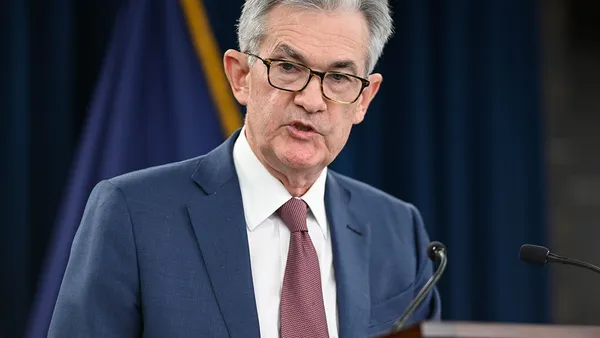With economic headwinds still blowing, CFOs need to pull off a tricky balancing act: setting up their companies for growth, while ensuring their organizations are agile enough to respond to any unforeseen changes.
To hit that sweet spot, today’s finance chiefs need to ensure they’re thinking about every aspect of the business through a long-term lens, whether that’s their technology, product offerings, or talent, said Dallas Clement, President and CFO of Cox Enterprises.
“When you think long term, you don't overreact to short-term dislocations, whether it's a change in [the] presidency, whether it's whatever the Fed might do on interest rates, whether it's an up or down in the stock market, whether it's an overreaction to AI,” Clement said in an interview.
Setting up milestones
The challenge of creating a solid, long-term business strategy isn’t a new one for CFOs, but developing and executing such a plan has only become more critical as businesses seek to weather a growing list of economic, sociopolitical, and regulatory disruptions.
At Cox, “we try to push decision making out as much as possible,” Clement said. A long-time veteran of the 127-year-old company — which operates sites including Kelley Blue Book and Autotrader — Clement has served as its finance chief and president since January 2022 after first taking the CFO seat in 2015, according to his LinkedIn profile.
To successfully develop a five-year strategy, for example, it’s crucial to understand the current state of each disparate part of the business, Clement said. That not only means having in-depth knowledge of which segments generate cash flow and which are growth businesses, but being able to pinpoint clear milestones that indicate success for each of those segments, Clement said.
The company has a “variety of strategic conversations” surrounding the risks and opportunities associated with each potential milestone, as well as the capital that might be required to meet those goals. Here, it’s also important to distinguish between inorganic and organic opportunities, he said.
“If it is organic, then it's under your control…you develop a plan to execute on that organic opportunity,” he said. “If it's inorganic, well, then it takes two to tango, and you don't know how much you're going to have to pay for that acquisition or that investment, but it's all been pursuant to a strategy, and you go see if you can make that work.”
Building a solid foundation
Another foundational element of creating a strong long-term plan is to invest in one’s team and leadership from the jump, Clement said. It’s critical to ensure one’s investments are diversified to mitigate risk — and that the business is not over-leveraged — but having skilled talent is also a key piece of ensuring the company can flexibly pivot in the short-term, to respond to changes or unforeseen events.
“You're building confidence and trust in your leaders and in your team, and in the moment of crisis, those are the people you need to depend on to do the root cause analysis, to figure out what's happening and to come up with a plan,” Clement said.
Talent has remained top of mind for finance chiefs today, who often shoulder the responsibility of both keeping day-to-day operations running smoothly and charting their organizations’ forward path in an uncertain future. Finding and retaining skilled talent is critical to bridging that gap, especially as the CFO continues to evolve into a more operational, strategically-focused role, Pathward CFO Greg Sigrist previously told CFO Dive.
“We're always going to have a focus on doing what's right for our people, so that they feel empowered, so that they feel informed, such that they feel accountable,” Clement said. “So we sort of set the table for them to really own decisions and own critical thinking.”












